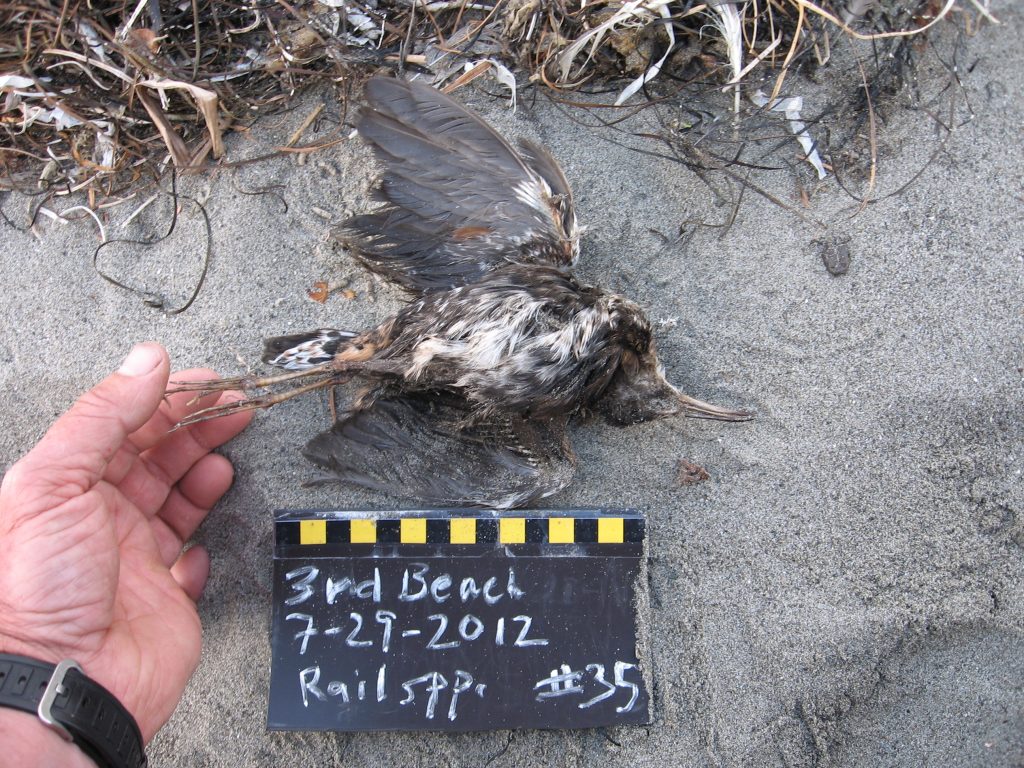Scientists have found a new way to assess the impact of large-scale commercial fishing; by studying the bones of open-ocean predatory birds like the Hawaiian petrel. Researchers at Michigan State University and the Smithsonian institute have analyzed the bones of both ancient and recent petrels to determine their diet. This works because what they eat is recorded in the chemistry of their bones. Specifically, scientists can analyze the ratio of nitrogen-15 and nitrogen-14 isotopes and determine whether or not their prey is high or low on the food chain. In general, a larger ratio indicates larger prey higher on the food chain.

Bones of endangered Hawaiian petrels are helping scientists analyze the impacts of commercial fishing on open-ocean food webs. Photo: National Park Service
What they have found is a little alarming, especially for an endangered bird like the Hawaiian petrel. Between 4,000 and 100 years ago, the isotope ratio was high, meaning the petrels had been eating animals higher up on the food chain. Then in the 1950s, the ratios started to decline suggesting that the petrels shifted to smaller prey lower on the food chain. This shift corresponds with the boom of industrial fishing. It appears that human activity may have caused a decline in animals high on the food chain leading to a large-scale shift in open-ocean food webs.
Petrels act as a canary in a coal mine for open-ocean food webs because they forage from the equator to near the Aleutian Islands. We don’t yet know how this shift in diet will affect them, nor how other predators are responding to changing food webs. What we do know, is that the choices we make as consumers–such as what fish we choose to put on our dinner plate–affect our entire marine ecosystem.
Read more about this study here.



